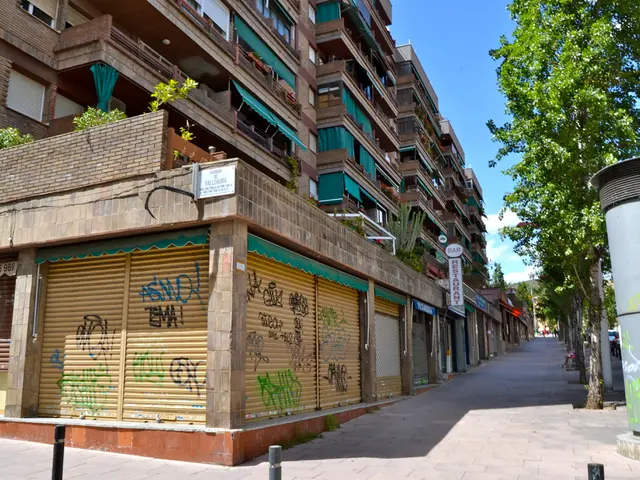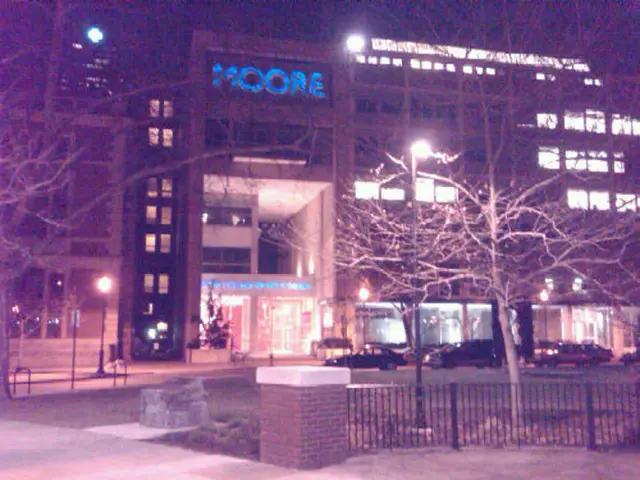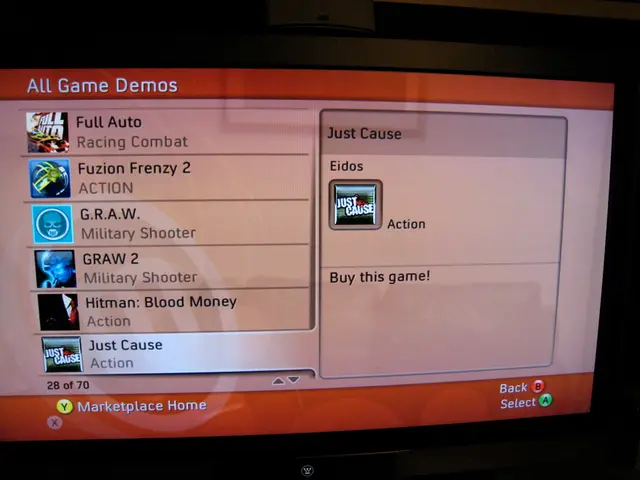Strategies for Optimal Pepper Plant Distancing: 9 Crucial Tips to Nail the Spacing
Revamped Guide: Optimizing Space forYour Pepper Garden
Cultivating a thriving pepper garden is all about striking a balance - not planting too close, but also not wasting precious space. Whether you're growing spicy jalapenos, sweet bell peppers, or fiery chilis, follow these tips to determine the optimal space for different types of peppers, and maximize your garden's productivity.
1. Understand Your Pepper Variety
Pepper plants with large fruits, such as poblanos and bell peppers, consume more garden space and often require stakes to support their branches. For a densely packed garden, opt for compact pepper varieties like Thai chilis and shishitos, which produce smaller fruit and are perfect for containers. These spicier plants may be pur identity, but they are fantastic space savers!
2. Trust the Seed Package
The vast world of peppers includes varieties with distinct planting and spacing needs. Follow the spacing instructions provided on seed packets and plant labels, as adhering to these guidelines can enhance your plants' productivity and deter fungal diseases and pests, like pepper weevils, which tend to spread in overcrowded gardens.
3. Plant Seeds the Intelligent Way
If you choose to sow seeds instead of transplants, space your pepper seeds strategically from the outset. For optimal results, plant one to two pepper seeds per seedling cell or 4-inch pot, six to eight weeks prior to your last frost date. When the seedlings sprout their first leaves, remove the weaker seedlings to ensure the remaining plants grow singularly in pots or seedling cells or are spaced at least 2 to 3 inches apart in seedling trays.
4. Arrange the Transplants Thoughtfully
Once the risk of frost has passed, it's time to acclimate and transplant your pepper plants outdoors or into pots. Most pepper plants thrive with at least 18 inches of space between them, although some larger varieties, like bell peppers, may produce more if they are spaced 24 inches apart. Smaller pepper varieties can be spaced 12 inches apart or planted in smaller 2- to 3-gallon containers.
5. Appreciate the Open Space
One effective way to fit more peppers into your garden is to cultivate multiple pepper plants in rows that are spaced about 2 to 3 feet apart. This spacing allows air to circulate among the leaves, reducing mildew, and makes it easier for you to move between the rows for weeding and pepper harvesting.
6. Embrace the Grid or Diamond Pattern
Though planting peppers in rows can save space, a staggered grid or diamond pattern can squeeze even more pepper plants into your garden. This planting style ensures that each plant has enough room and ample air, and it's suitable for large planters, raised beds, or in-ground gardens.
7. Position Potted Plants Properly
Most types of peppers prosper in container gardens as long as the pots are spaced at least 6 to 12 inches apart, which allows for adequate sunlight and air circulation. Placing potted peppers too close together may hinder their ability to produce a bountiful harvest.
8. Provide Support for Large-Fruited Plants
Although smaller pepper plants seldom necessitate staking, bell peppers and other plants producing large fruit may require support in the form of bamboo stakes or tomato cages to prevent branch breakage under the weight of the peppers. These structures can help maintain branch containment, potentially enabling you to fit more plants in your garden.
9. Prune Selectively for Optimal Growth
While peppers don't require extensive pruning, pruning them judiciously can enhance productivity and boost air circulation in your garden. Peppers producing large fruit should only be lightly pruned to eliminate unproductive suckers, but smaller-fruited plants can be pruned a bit more aggressively to boost airflow and branching.
FAQs
- What plants should be grown alongside peppers? The top companion plants for peppers are those that repel insects and entice pollinators, such as basil, cilantro, sunflowers, and peas.
- How far apart should jalapenos be planted? Jalapenos are relatively sized pepper plants that should be spaced 14 to 24 inches apart.
- Is it acceptable for pepper plants to touch each other? Although peppers can be planted close together, their leaves and branches should not touch. Planting too close together can lead to an increase in competition among plants and make it easier for pests and diseases to spread.
Insight:For an optimally productive pepper garden with reduced risks of pests and diseases, allocate the ideal amount of space for different types of pepper plants. General spacing guidelines include:
General Spacing Guidelines
- Smaller to Medium Varieties: Space these plants approximately 12 to 18 inches apart to ensure good air circulation and sunlight penetration, which aid healthy growth and disease resistance.
- Larger Varieties: Provide at least 18 inches or more of space for larger peppers to accommodate their size and growth habits. These plants typically require stakes for support.
- For a compact edible gardening setup, choose smaller pepper varieties like Thai chilis and shishitos, as they are perfect space savers and can be found in the home-and-garden section of publications like Better Homes and Gardens (BHG).
- Growing vegetable gardening can be a significant part of an individual's lifestyle, and adhering to the spacing instructions on seed packets and plant labels, as provided by BHG, can help maintain the health of plants, deter fungal diseases and pests, and ultimately result in a more productive garden.
- Incorporating a grid or diamond planting pattern into your gardening style can help maximize space utilization in your home-and-garden, making it possible to cultivate more potted peppers or in-ground gardens, according to Better Homes and Gardens.







